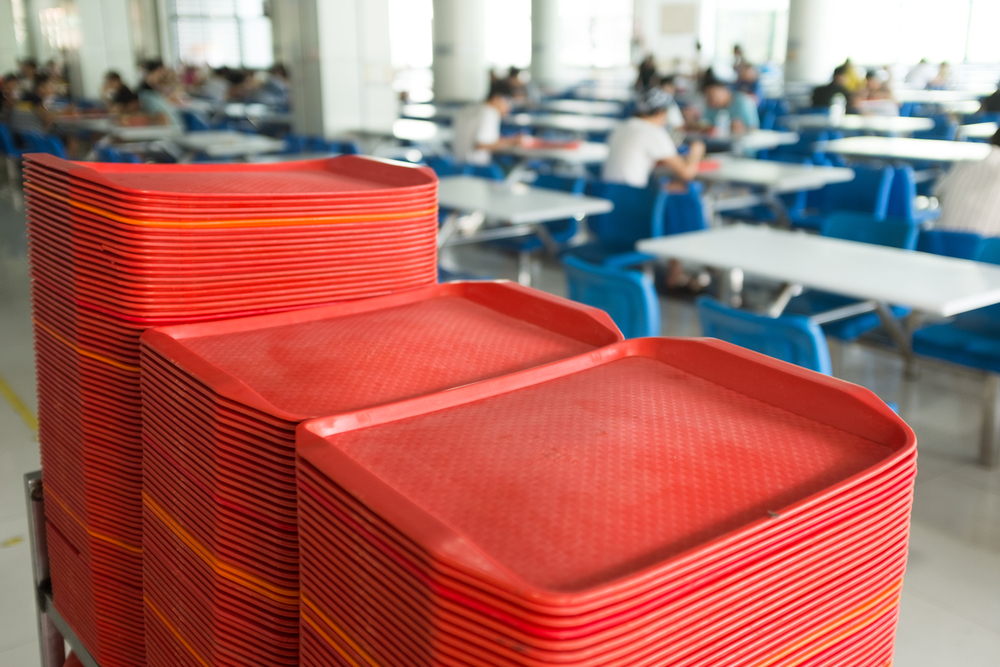A recent study suggested this boost is wholly vital.

The COVID-19 pandemic revealed how reliant America’s kids are on free and reduced-cost school meals, and the USDA had previously taken some minor steps to bump up how much money is available for that purpose. But a recent study indicated that only around half of surveyed schools say that the reimbursement money from the USDA is enough to pay for the meals they give out. In response, the USDA last week announced an even larger increase in available funding, to the tune of about $750 million this year.
The National School Lunch Program is the country’s second-largest food assistance program, trailing only SNAP (formerly known as food stamps). The program served more than 22 million kids on an average day in the fiscal year 2020; it is an essential program for ensuring that American kids have their most basic needs met.
Despite its importance, the program is far from perfect. Aside from not being a universal program, it’s also chronically underfunded and understaffed, largely owing to limited budgets that are designed to force schools to figure out all the needed labor and materials themselves. Schools don’t simply invoice for their costs; they’re given a certain amount of reimbursement money, which is used to theoretically make up for the cost of sourcing, purchasing and preparing food. When times get tough, as in, say, a global pandemic that destroyed the supply chain and labor pool, schools end up losing money on the school lunch program.
During the worst of the pandemic, the USDA upped its rates of reimbursement to match those used for the Summer Food Service Program, which are higher than the rates for the regular year. That still wasn’t enough, and now the USDA announced a further increase, an unusual move for the agency. That increase will result in a bump of $0.25 per meal, around $750 million annually in total. The USDA says that this all amounts to a 22-percent bump over the previous “normal” rates.
The School Nutrition Association (SNA), a nonprofit that represents the school nutrition providers, applauded the move, saying it “delivers desperately-needed relief to school meal programs, struggling with tight budgets that are stressed by rising pandemic costs and supply chain disruptions.” But this surely isn’t the end of the issues with the program; the SNA, in its 2022 position paper, also pushes for universal access to free school lunches, restoring whole grain requirements, easing sodium regulations and making the whole program easier for schools to navigate.